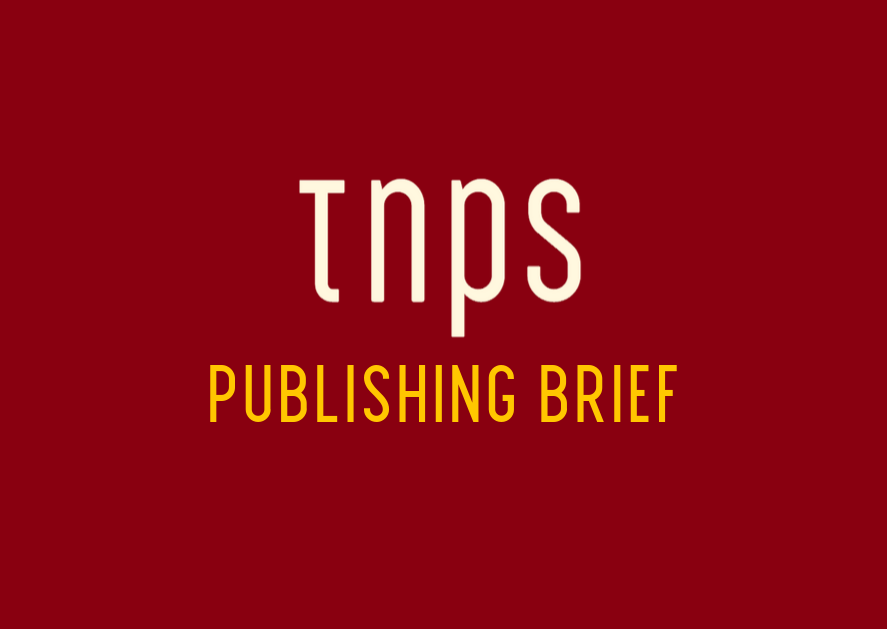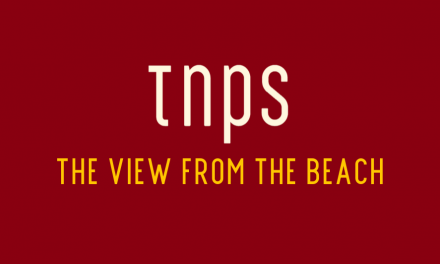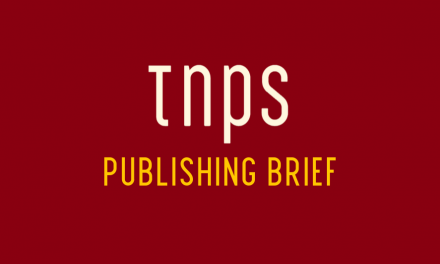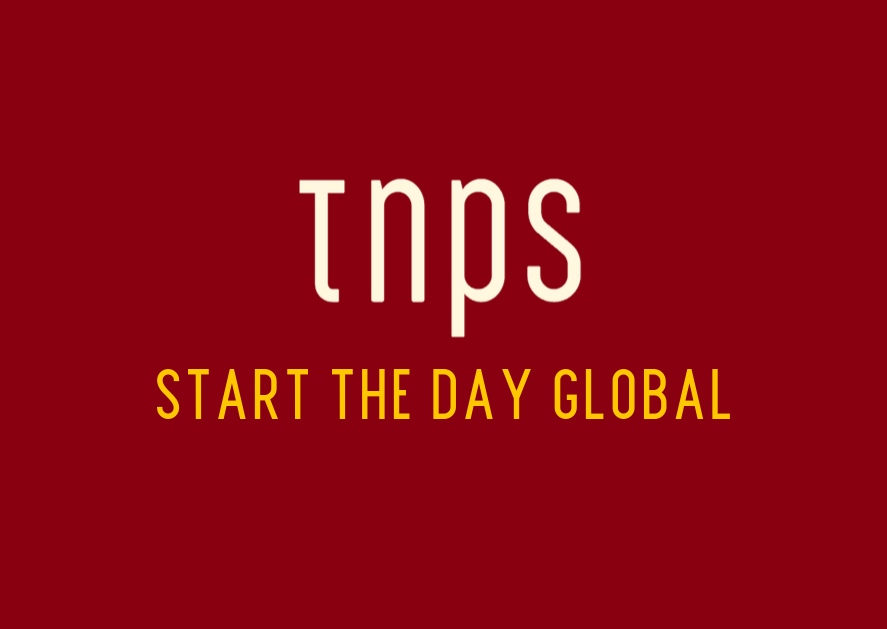Assuming the vaccine programmes deliver as promised then by this time next year we could be seeing a global publishing industry far more robust and expansive than today, driven by a hybrid doctrine that embraces digital as a meaningful part of the industry, not a sideshow.
This past week Publishers Weekly engaged selected US children’s publishers to discuss the impact of the pandemic. The responses show a remarkable transformation in attitudes towards digital that publishers globally would do well to take note of.
Excerpts from the PW report follow, where Clare Swanson explains:
…For all the disruption the pandemic wrought, the unprecedented year also…paved the way for opportunities that may set the standard for how the industry functions in a post-Covid world.
With the sub-header “The new virtual reality” Swanson quotes from major children’s publishers on how publishing has shifted to a new digital reality that goes beyond the (my words) “ebooks and social media” era that defined the 2010s.
Ellie Berger, president of Scholastic Trade:
Quality prevails over quantity. A 20-city, in-person tour where the author could repeat their presentation does not resonate as well in the virtual world, where each stop needs to offer something different to keep readers coming back for more.
Scholastic, Swanson explains,
often opt(ed) for three to five “robust” and varied events to combat “Zoom fatigue.”
Suzanne Murphy, president and publisher of HarperCollins Children’s Books on its virtual tours:
A great success. We’re embracing both the live views for author events and the audience who watches later. It’s a long tail.
Swanson notes that the forced pivot has opened up publishing events to new audiences previously disenfranchised because of travel costs or inability to travel. Suzanne Murphy said of the new virtual events:
They have become so much more accessible for our authors to participate in and for readers to join. I hope that as we transition back into in-person events, we keep the expansion of access as a top priority.
Jen Loja, president and publisher at Penguin Young Readers, echoed those sentiments, saying,
One of the huge positives is that readers who live in remote parts of the country, or who have mobility constraints, can now attend virtual book readings with their favorite authors.
And Jon Anderson, president and publisher at Simon & Schuster Children’s Publishing, had much the same thoughts:
The pivot to virtual consumer-facing events has allowed us to connect authors with readers in exciting ways that we weren’t previously able to in the past (allowing) us to pair two or more authors who aren’t in the same geographic area, for an engaging conversation, and have authors who live outside of the U.S. connect with a U.S. audience virtually. We’ve had debut authors connect with readers across the country, rather than in just their local regions. Readers seem to really enjoy the opportunity to visit with their favorite authors from the comfort of their own living rooms.
Margaret Quinlin, president of Peachtree Publishers in Atlanta, said they would not be attending Bologna this year, but is not too worried by the fact.
Zoom meetings have actually been really, really good. We’ve had a number of wonderful meetings with our overseas partners, especially in the U.K., where we do a lot of work. You’re seeing more people than you would at Bologna, and you can have longer conversations.
Much more over at PW.
In related news, The Bookseller (UK) tells of how Charlie Redmayne, CEO of HarperCollins , and Belinda Rasmussen, MD of Macmillan Children’s, spoke about how the pandemic had upended their approach to remote working.
Redmayne:
It is clear that the way we work will change, and we will be looking at how our spaces should adapt—we have seen that a more flexible way of working can be effective and this will be part of our make up going forward. Offices will remain an important part of how we work but remote working will also have a part to play.
Rasmussen:
We will continue to operate flexibly—even post-Covid—and will choose our preferred working environment according to the results we want and need to achieve, abolishing presentism once and for all.
But let me wind up this post by returning to Swanson’s opening remarks in PW:
Nearly every publisher PW spoke with said the pivot from in-person events was among the biggest hurdles of the last year, and that it came with a steep learning curve. The shift, though, was not without its silver linings.
Because one of the most unsettling things about the way publishers are finally getting to grips with the idea that digital does not just mean ebooks and social media, is that it took a global pandemic to drive that home.
It’s still too early to get the full reckoning on the 2020 publishing accounts, but early signs in the English-speaking publishing sector is that 2020 sales are up pretty much across the board – digital text, digital audio, print, you name it – despite bookstores being closed for much of the year.
And it was digital – including but certainly not just ebooks and audiobooks – that made that happen. Digital enabled publishers to connect with new audiences in “new” ways, and in places the traditional analogue model of production, distribution and consumer engagement could never hope to reach.
Far from bringing the publishing industry to its knees, as many doom-mongers were confidently predicting a year ago, publishers were forced too look again at options that have been around for best part of a decade, but had been deliberately held at a distance.
The digital genie won’t go back in the bottle, and very few publishers now would wish it so.
Assuming the vaccine programmes deliver as promised then by this time next year we could be seeing a global publishing industry far more robust and expansive than today, driven by a hybrid doctrine that embraces digital as a meaningful part of the industry, not a sideshow.





